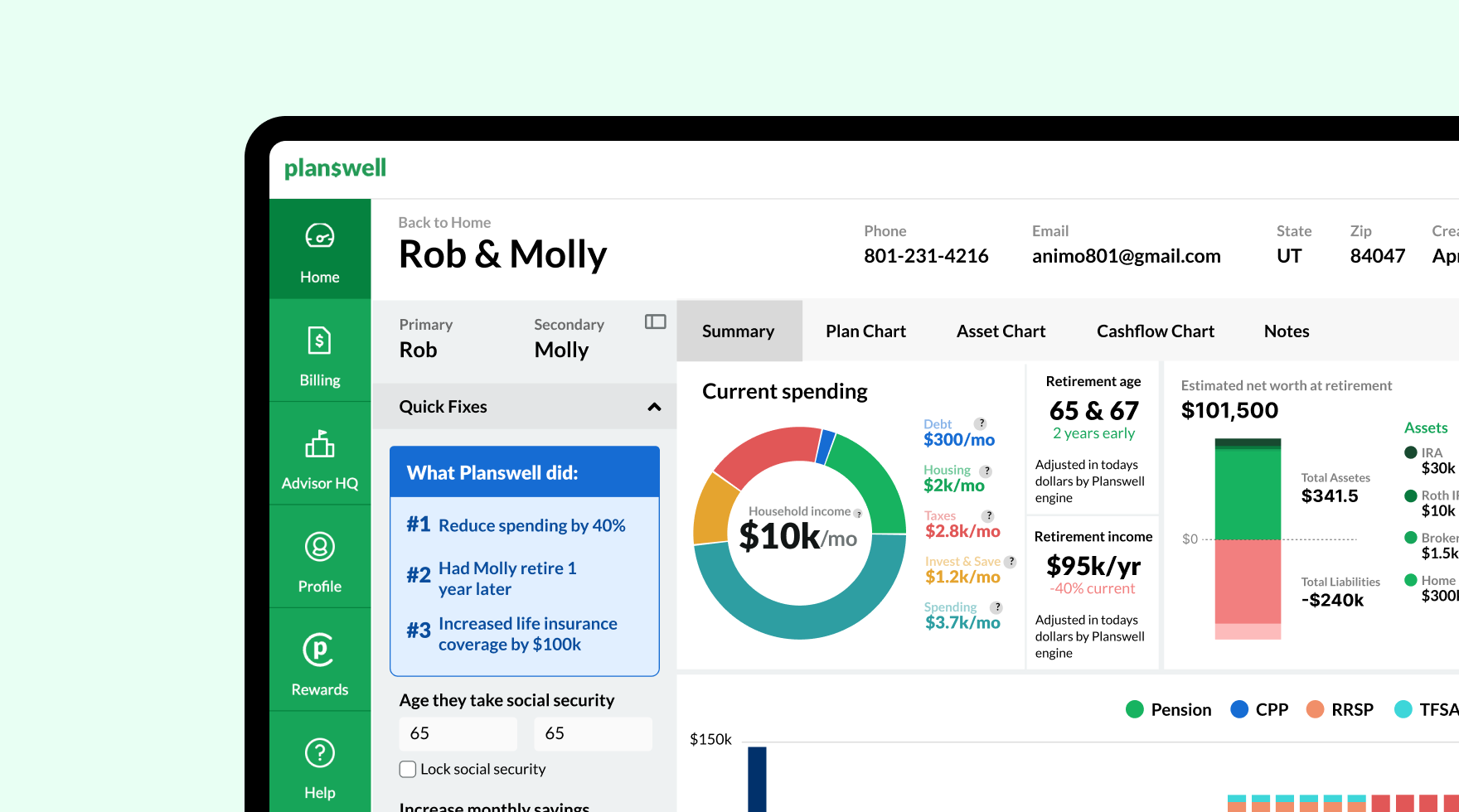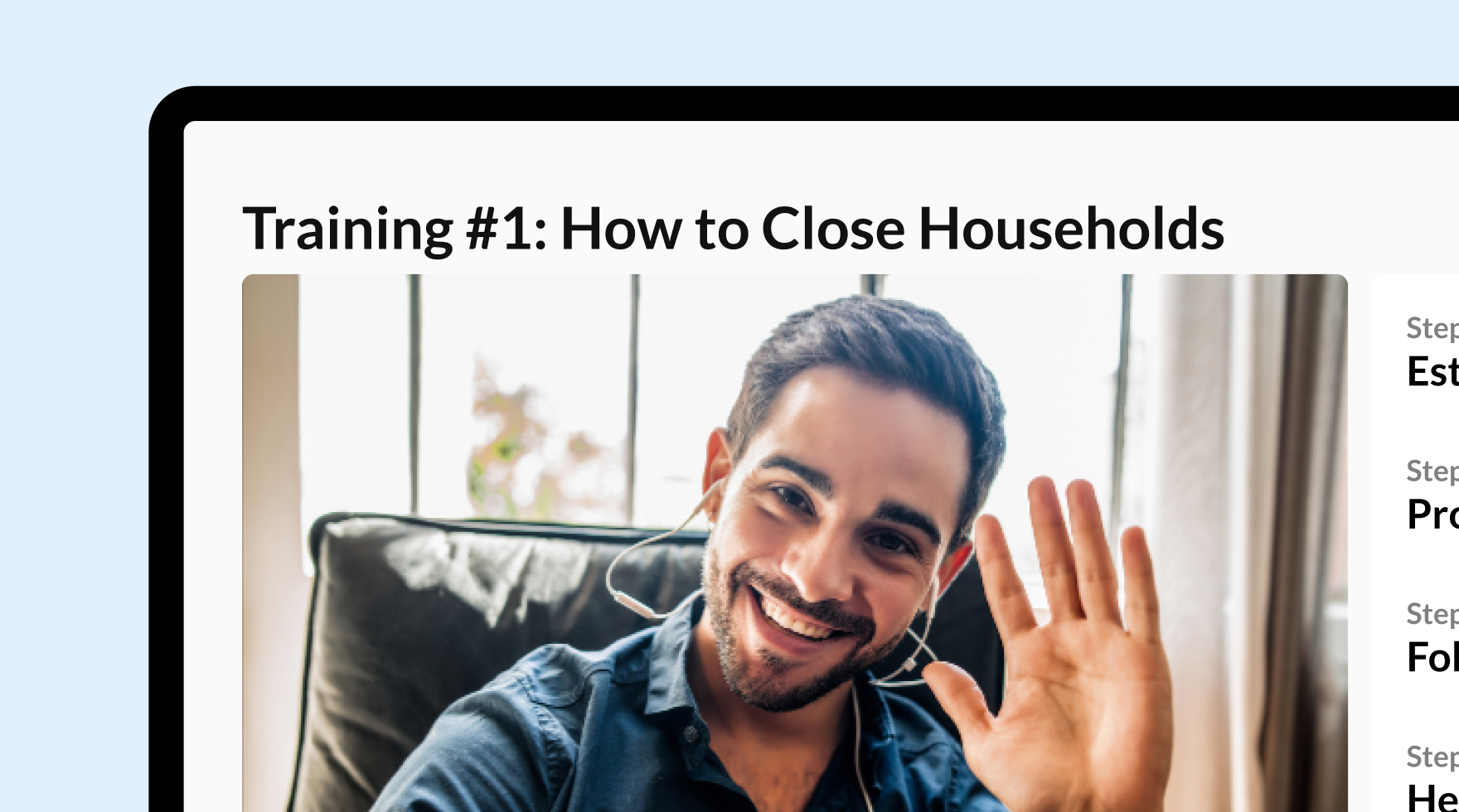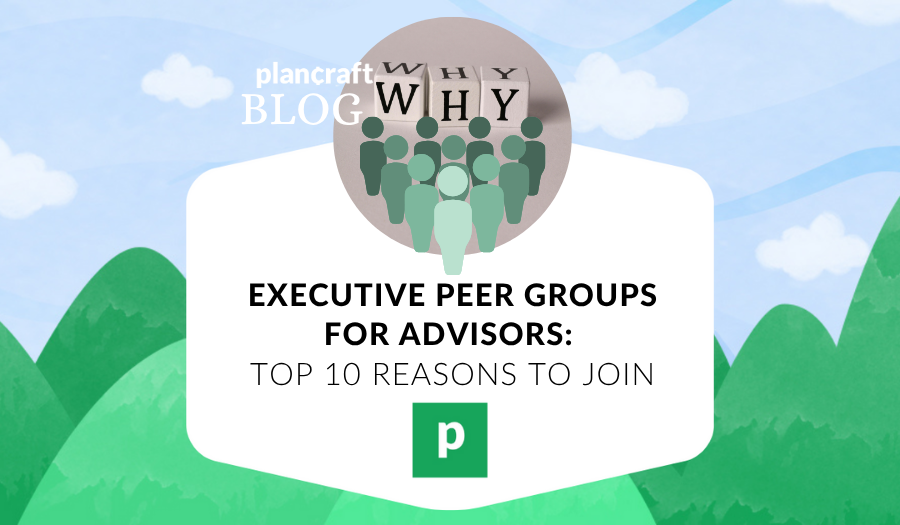Hard weeks happen. A client is upset, a prospect ghosts you, and your inbox wins. An executive peer group gives you a room of advisors who get it and will help you move. Here is a short, practical take on why it works and how to use it.
1) Faster ideas you can use now
You borrow what already works for other advisors and skip weeks of trial and error. One meeting often gives you a script, a checklist, and a next step you can run this week.
2) Accountability that sticks
You say the next step out loud, then report back. That simple loop turns intent into action. Progress compounds.
3) Less isolation, more momentum
Advising can be lonely. A confidential room of peers lowers the temperature, normalizes the hard parts, and helps you keep going.
4) Honest feedback without politics
Peers are not your boss or your staff. You can ask the real questions, test the language, and get straight answers.
5) Better client outcomes
You hear how others handle risk talks, cash maps, tax timing, and plan delivery. Clients feel it when your language gets clearer and your next steps get smaller and safer.
6) Recruiting and vendor shortcuts
Need a part time admin or a tax pro? Someone in the group has a scorecard, an interview screen, or a referral that saves you time and mistakes.
7) Clearer priorities
Most groups end with one commitment for the next meeting. That forces you to pick the next move and say no to noise.
8) Confidence after a rough patch
A bad month can knock you off center. Peers share what worked for them and hand you two lines to try. Confidence follows action.
9) Better leadership habits
You watch how other advisors run meetings, set agendas, and handle conflict. Those habits cross over to your team and your client work.
10) A network that actually helps
You are not joining for referrals, but they happen. So do partnerships, second opinions, and smart intros when you need them.
How good groups run
- Advisor only rooms for shared context.
- A steady facilitator to keep it moving, capture resources, and push for clarity.
- Regular rhythm, usually monthly on video.
- Start with wins, work the real challenges, end with one commitment and a date.
- Everything shared stays in the room.
Tiny case sketches
Case 1: Stuck at capacity
Jordan could not find time to hire. The group shared a short role scorecard, a two step screen, and a job post. Thirty days later a part time admin was onboard and response times improved.
Case 2: Confidence dip
Ari hit a slow quarter and avoided the phone. Peers gave a two line follow up and a micro meeting offer. Five quick calls later, momentum was back.
What to document after each meeting
- The challenge you brought in one sentence
- The single action you committed to and the date
- The resource you took (template, script, referral)
- The result you will report next time








.png)
